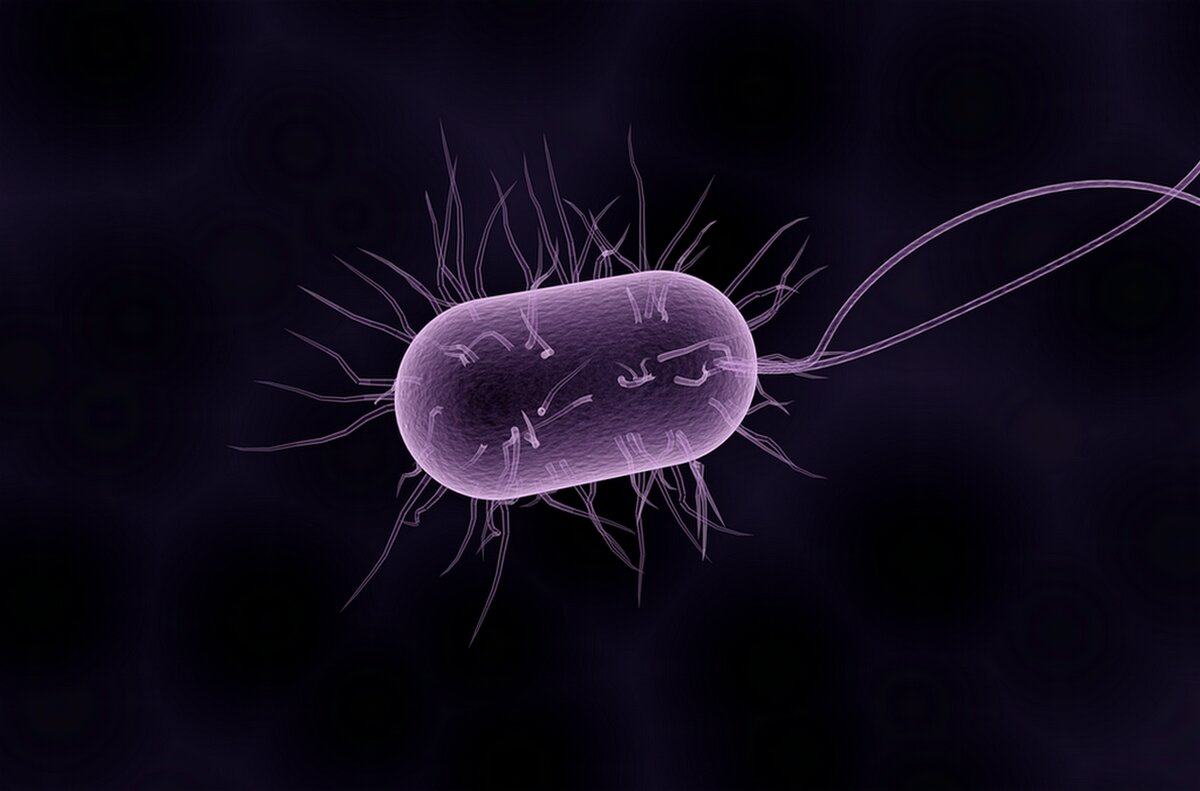The first “carnivores” did not have sharp teeth or terrifying howls, but they still hunted their fellows in the same way as T-rex or wolves.
The newly discovered fossilized fats, which are over a billion years old, have revealed an entire community of previously unknown organisms that shaped Earth’s ecosystems in the planet’s prehistoric times. They were abundant in marine life, and though we don’t know what they looked like, they were much more complex than bacteria, he writes. IFLS.
“We think they may have been the first predators on Earth to hunt and eat bacteria,” Jochen Brooks of the Australian National University (ANU), lead author of the study, told IFLS.
The “protein organisms” that produced the “proteosteroids” we found belong to a group of organisms called eukaryotes, which includes fungi, plants, parasites, animals — and even the human species itself. However, they were very different from the eukaryotes we know today, because they evolved during a period of life on the planet when there was still very little oxygen.
To find them, it was necessary to study fossilized fat particles that formed in the lower half of what is now northern Australia about 1.6 billion years ago. Inside molecules, scientists have discovered ancient chemical signals that indicate they’ve stumbled upon something important.
“Almost all eukaryotes make biostimulants, such as cholesterol, that humans and most other animals produce,” said Benjamin Nittersheim of Bremen Marum University and co-author of the study.
“Cholesterol does not have the best medical reputation because of the potentially harmful health effects of high cholesterol in humans. However, these lipid molecules are an integral part of eukaryotic cell membranes, where they assist in many physiological functions.” By researching steroids fossilized in rocks ancient times, we can trace the evolution of increasingly complex life.”
During genetic evolution, the lineage of plants, animals, and fungi can be traced back to the first common ancestor. This is the common ancestor of all eukaryotes, which is commonly referred to as the last common ancestor of eukaryotes, i.e. LECA. His biomarkers trapped in fossilized fat particles showed the researchers that these protosteroids may have come from the same LECA as everyone else.
“The highlight of the discovery is not only the expansion of existing molecular data for eukaryotes,” added Christian Hollmann, a co-scientist at the German Research Center for Geosciences (GFZ) in Potsdam.
“Given that the last common ancestor of all modern eukaryotes, including us humans, was likely able to produce ‘regular’ modern sterols, there is a good chance that the eukaryotes responsible for these rare signals belonged further down the phylogenetic tree.”
Studying ancient microbial worlds is a major challenge for scientists, but discoveries like these bring us closer to finding our roots and the microscopic eukaryotes that lived there.
The research team hopes to get a closer look at early eukaryotic life next, using a laser attached to a super-resolution mass spectrometer.
This might also be interesting:












































